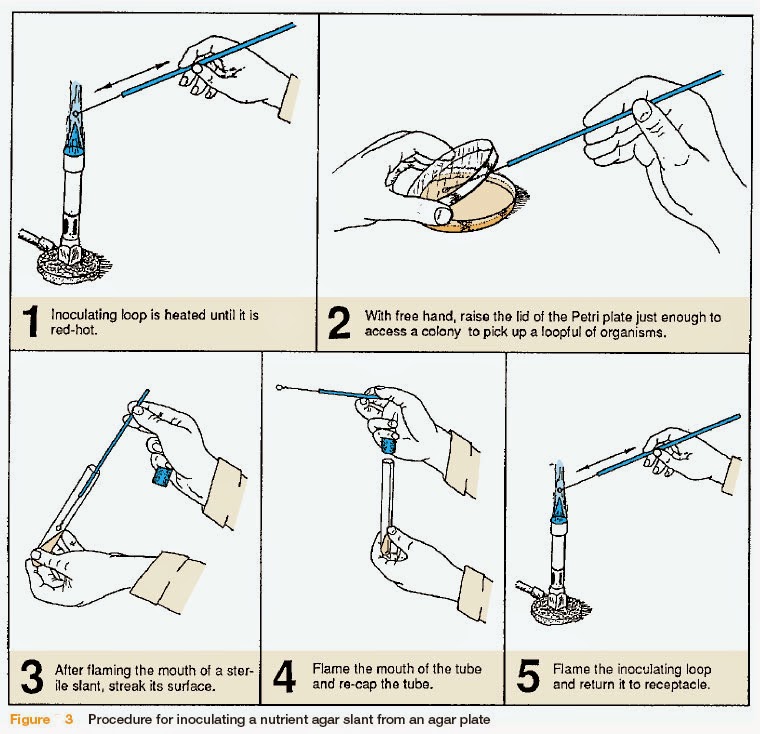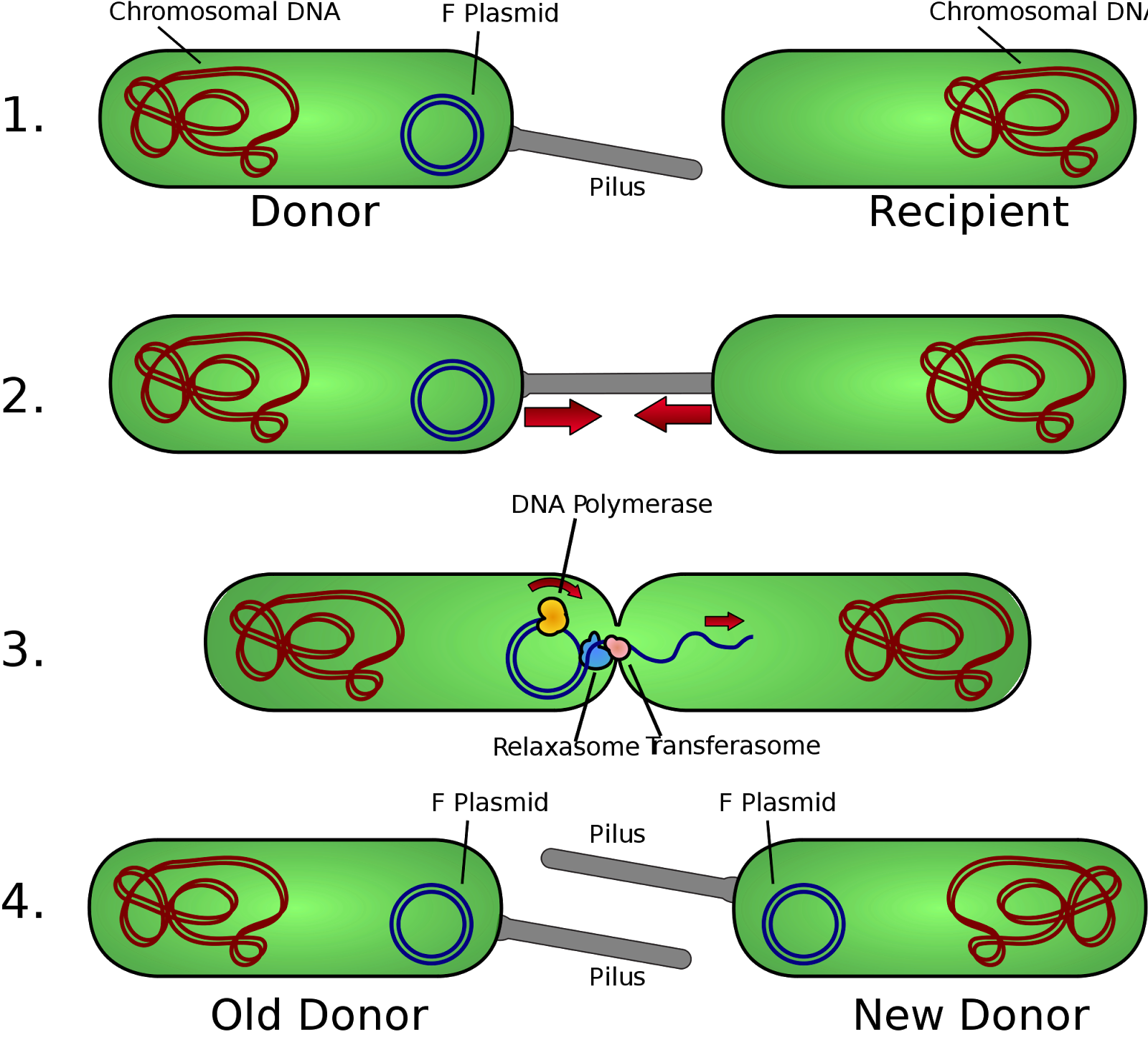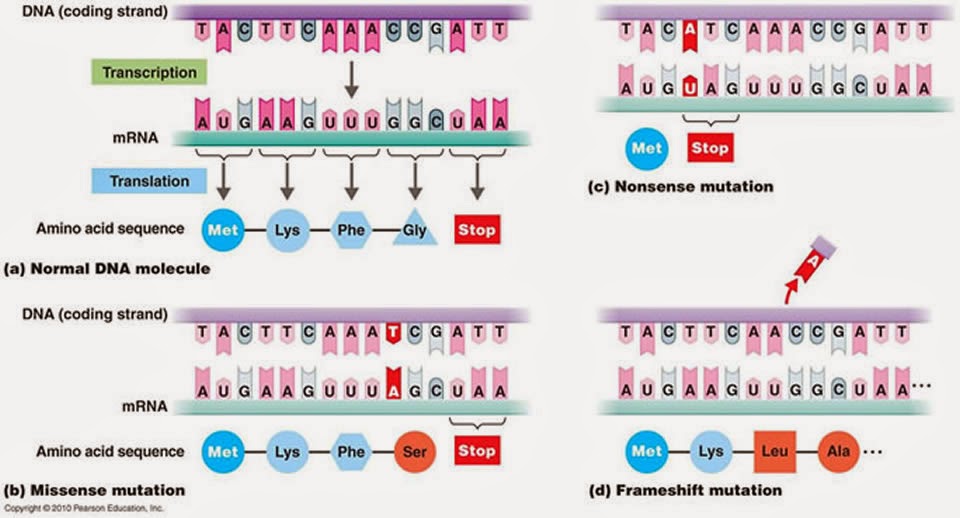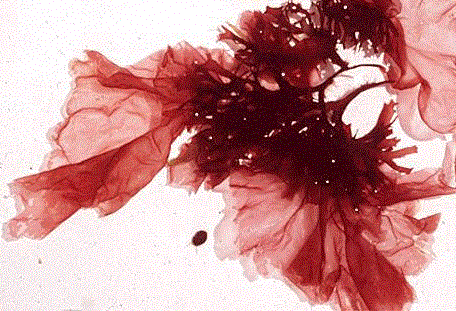Today 19
December 2014, we learn on control of microbial growth. This is important term
that we should remember:
•
Sterilization: Removal of all microbial life
• Commercial
sterilization: Killing C. Botulinum endospores
•
Disinfection: Destruction/removal of pathogens
• Antisepsis:
Destruction/removal of pathogens from living .
Tissue
• Degerming:
Removal of microbes from a limited area
•
Sanitization: Lower microbial counts on eating utensils
•
Biocide/Germicide: Kills microbes
•
Bacteriostasis: Inhibiting, not killing, microbes
In -cidal
Agents,-cideis suffix indicating that agent kills and - static Agents,- static
is suffix indicating that agent inhibits growth. Effectiveness of Antimicrobial
Treatment is depends on number of microbes,Duration of exposure, Microbial characteristics,
concentration or intensity of an antimicrobial agent, population composition, temperature,
local environment.
There are
three type of Physical Control Method which are Heat,Filtration,Radiation.
Moist Heat
will destroys viruses, fungi, and bacteria. Steam Sterilization is carried out
using an autoclave and effective against all types of microorganisms including
spores. Dry heat sterilization kills by oxidation by Flaming, Incineration, Hot-air sterilization and Less
effective than moist heat sterilization. Low temperature inhibits microbial
growth by Refrigeration, Deep freezing and Lyophilization. Filtration will reduces
microbial population or sterilizes solutions of heat-sensitive materials by removing
microorganisms. In radiation, we have uv radiation and gamma radiation.
There are
three type of Chemical Control Agents which are Disinfection,Antisepsis and Sterilization.
In Evaluating a disinfectant we Use-dilution test and Disk-diffusion method.
Lastly, we can
determine the types of Disinfectants is Halogens – Iodine, Halogens –
Chlorine, alcohol, heavy metal, Surface-active agents or surfactants,Chemical
food preservatives, Aldehydes and sterilizing gases.
Then, we continue our lecture on the next topic which is
antimicrobial chemotheraphy. I know that chemotherapeutic agents is a chemical
agents used to treat disease. Penicillin discovered by Alexander Fleming to
observe penicillin activity on contaminated plate. The general characteristic
of antimicrobial drug are selective toxicity,therapeutic dose, toxic dose,
therapeutic index, side effect, narrow-spectrum drugs, broad-spectrum
drug,cidal agent and static agent,effect of an agent may very, and
effectiveness expressed in two ways(MIC and MLC). Besides that, I can determine
the level of antimicrobial activity which are dilution susceptibility test for
MIC, disk diffusion tests, and the E-test MIC and diffusion. Antimicrobial drug
is the inhibitor of cell wall synthesis, protein synthesis inhibitor, metabolic
antagonists and nucleic acid synthesis inhibition. The in hibitors of cell wall
synthesis are penicillins,cephalosporins, vancomycin and teicoplanin.
Aminoglycoside antibiotics
is large family which all contain a cyclohexane ring and amino sugars. Tetracyclines
is all have a four-ring structure to which a variety of side chains are
attached. Macrolides is used for patients allergic to penicillin. Chloramphenicol
now is chemically synthesized. I also know that metabolic antagonist acts as
antimetabolites and structural analogs. Nucleic acid synthesis inhibition will
block DNA replication. Antifungal drugs has fewer effective agent. Antiviral drug
development has been slow because it is difficult to specifically target viral
replication. Anti-HIV drugs have reverse transcriptase inhibitors, protease
inhibitors, fusion inhibitors and most successful are drug cocktails to curtail
resistance. The antiprotozoal drug is the mechanism of drug action for
antiprotozoal drug is not known. I also can identify factors influencing Antimicrobial Drugs which is:
• ability of drug to reach site of infection
• susceptibility of pathogen to drug
• ability of drug to reach concentrations
in body that
exceed MIC of pathogen
Drug resistance will an increasing problem, microbes in
abscesses or biofilms may be
growing slowly and resistance mutants arise spontaneously
. since, today is our last class for this semester, I want to say thank you so
much to dr.wan and pray us for success in exams later. I surely will remember
all the sweet moment in this semester. thanks




.jpg)




































